PUMA: sharing sustainable mobility solutions across borders
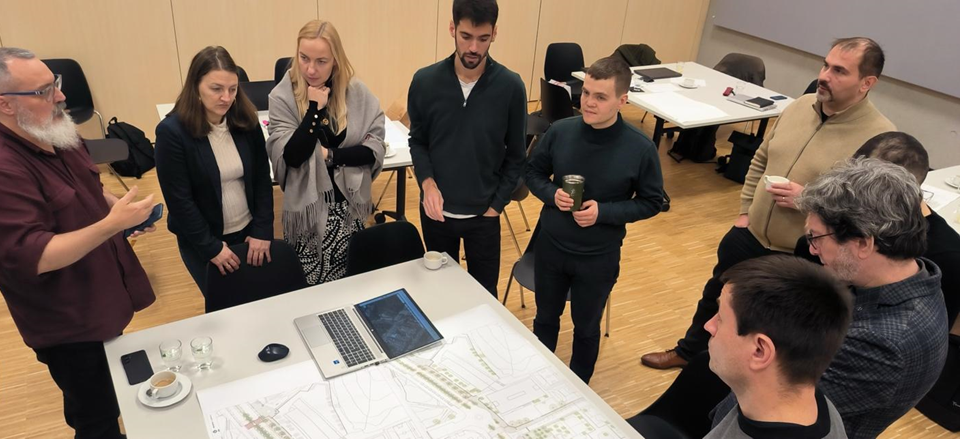
This is where the Planning Urban Mobility Actions (PUMA) initiative comes in as a platform for knowledge sharing, collaboration, and inspiration. It is a transnational initiative aimed at promoting sustainable, efficient, and environmentally friendly transportation solutions at the local level. PUMA connects cities across Croatia, Greece, Italy, Latvia, Lithuania, Poland, Slovenia, and Spain, enabling them to learn from each other's successes and challenges.
As part of the URBACT Action Planning Network, the project serves as a guide for nine partners in achieving their shared goal of sustainable urban mobility by learning to tackle common barriers. Cities collaborate to develop inclusive, people-centred, sustainable urban mobility plans (SUMPs) that prioritise accessibility, safety, and environmental sustainability.
“Puma is about cooperation, networking, exchanging of experience, and most of all, also inspiring, because partners inspire each other, and they build connections, they share ideas, they share problems, and they look for solutions together,” said Karolina Orcholska, Lead Expert PUMA.
A fundamental principle of PUMA is indeed learning from one another. Through transnational meetings, cities share insights and diverse strategies, collaborating to explore solutions that have been effective in other municipalities and how they can adapt those lessons to their own contexts.
Here are some examples of solutions autonomously adopted by PUMA partners at the local level, inspired by the experiences and practices showcased within the PUMA network.
Ideas that drove action: introducing the "Velo Bus" in Latvia and Spain
Before joining the PUMA network, Dienvidkurzeme Municipality in Latvia and Viladecans Municipality in Spain faced challenges in promoting sustainable school commuting in areas largely dependent on car travel. Thanks to PUMA, they discovered the “Velo Bus” concept - a system offering a dedicated bike route that functions like a school bus, gathering students and safely escorting them to school. This exchange of ideas between both PUMA partners enabled to adopt proven strategies rather than reinventing the wheel on its own.
“We took it upon ourselves, tried it, and now we see it functions like a chain. We shared our experience with people in other municipalities, and after our meeting, they expressed interest, saying, " Okay, we have to try this. “ At our next transnational meeting, our lead partners indicate they will be the next to try it. Therefore, I believe the exchange of experiences is a significant achievement in this project,” Ilva Markus-Narvila, Dienvidkurzeme Municipality Project manager.
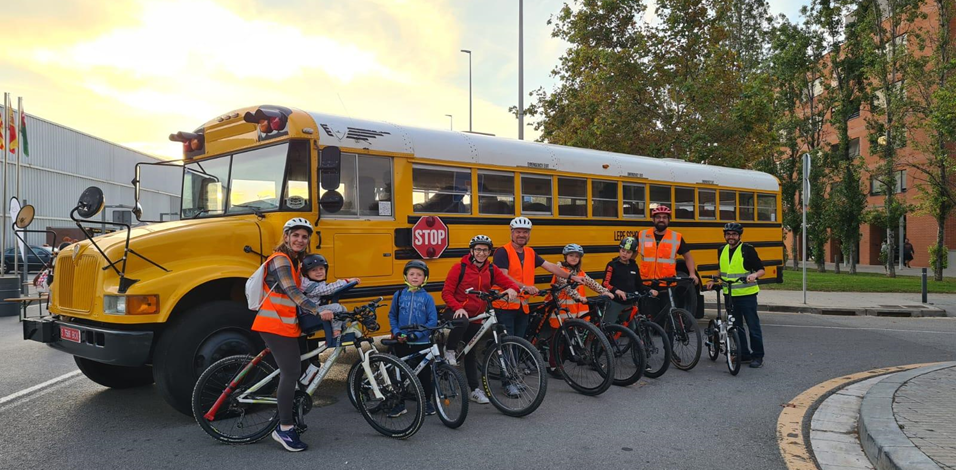
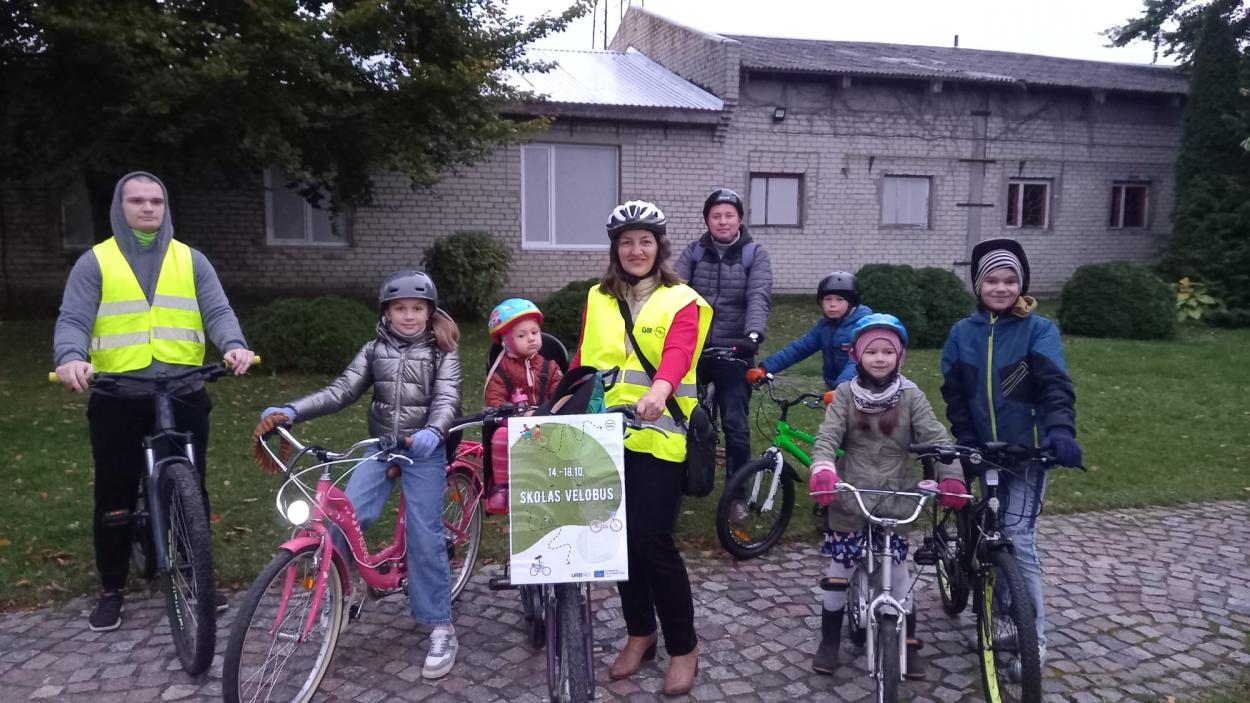
E-bike sharing in Greece: a game changer for young commuters
Another local activity initiated by a partner of the PUMA network, the municipality of Larissa, in Greece, was implementing e-bike-sharing systems. The system features 50 electric bikes and 10 docking stations strategically located in key urban areas. It incorporates user-friendly technology, including a mobile app for booking, real-time tracking, and payment options, all designed to ensure affordability and accessibility.

“Through this e-bike system that we have implemented, we have managed to change the behaviour, especially of youngsters, towards transportation within the city. Now they use more environmentally friendly means, like bikes and the use of bicycle routes to reach out not only to the city centre but also the suburbs and the rest of the neighbourhoods,” explained Vasilis Mitsios, Development Organisation of Municipality of Larissa External expert.
Modernising public transport in Lithuania

The Green Region of Lithuania, comprising Jurbarkas, Šilalė, Tauragė districts, and Pagėgiai and home to around 90,000 residents, faced a fragmented public transport system. Over 56.7% of all trips in the region were made by car due to inconsistent ticketing systems and limited options for seamless travel between the municipalities in the region.
Encouraged by the discussion within the PUMA network, they invested in 22 electric buses, which now operate between four municipal centres of the Green Region, the project has significantly improved the sustainability and efficiency of urban transport locally.
“We aimed to make public transport more appealing and accessible for everyone, so we worked on enhancing the bus stops and all related infrastructure, making them more convenient and safer to use. Additionally, we are focusing on teaching younger children how to use the buses and travel safely and sustainably from home to school,” clarified Simas Gaidelionis, working at Taurage Municipality, in Lithuania.
Rethinking street design and accessibility in Zagreb

Cities often have transport systems that primarily focus on cars. The city of Zagreb, in Croatia, aimed to change this approach by prioritising its citizens and supporting pedestrians and cyclists.
Drawing on lessons learned from the other partners in PUMA, the Faculty of Transport and Traffic Sciences at the local University conducted impact studies both before and after the expansion of the city's pedestrian zones.
The results? “Citizens are satisfied with the changes. This area has become a shared space for pedestrians and cyclists that is more welcoming for bikes. Additionally, residents of this zone who want to enter with a car need a permit to do so,” explained Marko Slavulj, Associate professor at the Faculty of Transport and Traffic Sciences at the University of Zagreb.
Placing the people, including minority groups, at the centre
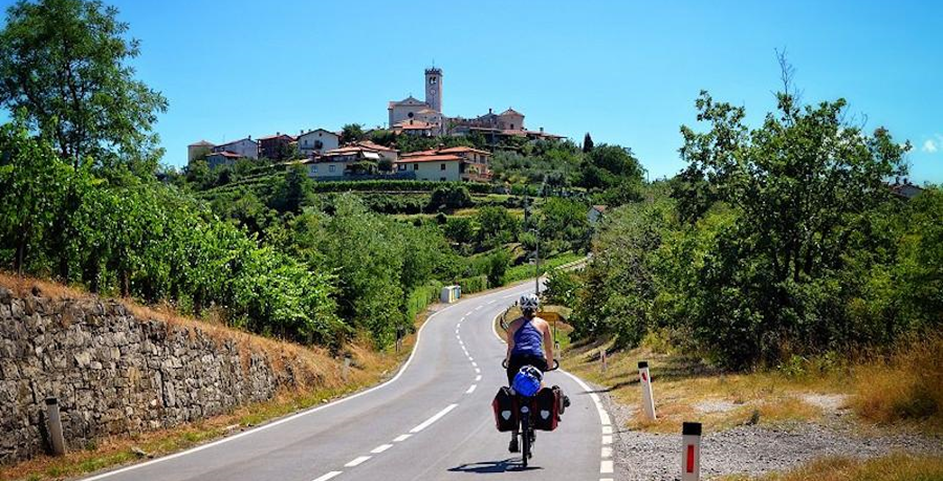
Traditionally, traffic studies have focused on cars and vehicle movement. However, the PUMA project has shifted the emphasis toward active mobility, which includes walking, cycling, and scooter use. By counting the number of pedestrians and cyclists, cities can now make data-driven decisions to enhance infrastructure for non-motorised transportation. This approach ensures that investments in active mobility infrastructure are based on actual demand, leading to improved urban planning outcomes.
“In the past, we usually focused on the vehicles, and thanks to Puma, we could change this and focus on the people,” clarified Dorota Gajda-Kutowińska, Senior Expert on Sustainable Urban Mobility & EU Project at the Municipality of Gdańsk.
Sustainable mobility isn’t just about reducing emissions; it’s also about equity and accessibility for everyone. In Nova Gorica, Slovenia, and Cento, Italy, marginalized communities that had historically been excluded from transport planning discussions are now included in the development of the cities' sustainable futures.
“The development of a fair mobility system is a key challenge for the future of our city. To address this, we decided to involve as many members of our minority communities as possible. We sought their opinions and input on this matter, and for the first time, they were included in our community discussions, sharing their ideas and concerns. It is our duty and commitment to consider these perspectives,” said Umberto Amoroso, European Project Manager at the Municipality of Cento in Italy.
What are some key takeaways for other cities interested in greening their transport systems?
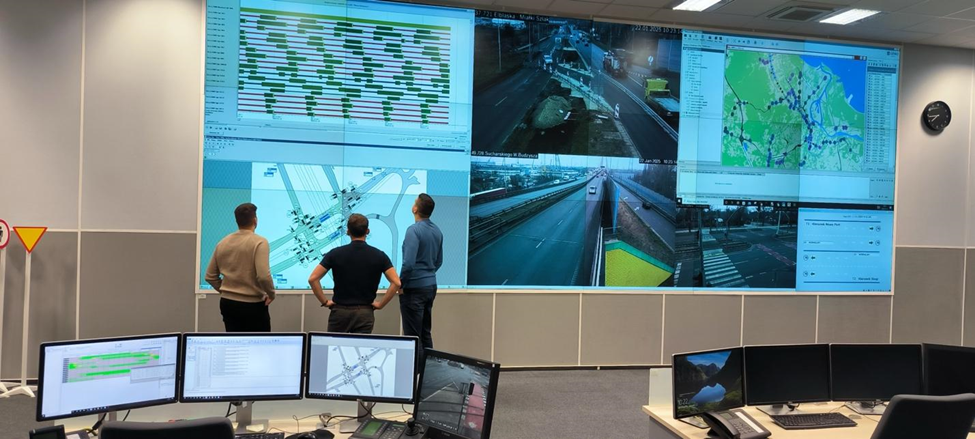
Collaboration accelerates change: learning from other cities helps avoid trial-and-error approaches, saving time and resources
Behaviour change is possible: when given the right infrastructure and Knowledge, people are willing to adopt greener means of transport
Integrated systems enhance accessibility: using modern and digital solutions like electronic ticketing systems can help make public transport more accessible and thus increase its usage.
Pedestrian-friendly cities are effective: expanding pedestrian zones can help to encourage people to walk and cycle
Inclusivity is important: engaging all citizens, including those belonging to vulnerable groups, fosters fairer, more effective mobility solutions.
As cities in Europe and beyond face rising challenges related to congestion and pollution, PUMA offers a model for how small and medium-sized cities can learn from each other's sustainable urban mobility practices. Through collaboration among stakeholders, the sharing of experiences, and practical case studies, PUMA demonstrates that through knowledge, cities can create a sustainable future, one transport solution at a time.
PUMA will conclude its work in December 2025. Watch this video to learn more about the people behind the project, and to stay updated with their latest developments, follow their LinkedIn account.


